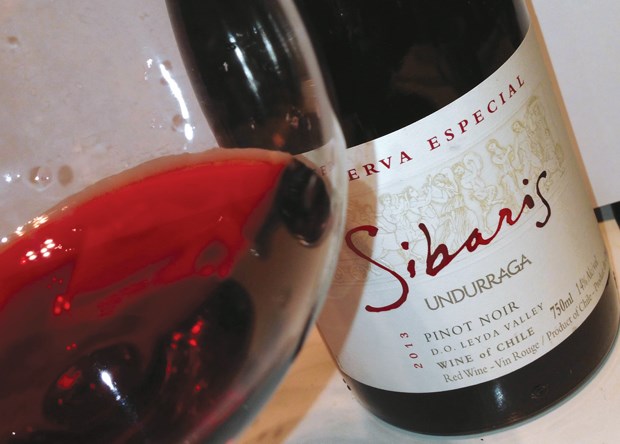A few weeks ago I was having lunch at a fancy, new modern bistro on top of an equally fancy, new, downtown department store, over which everyone’s gone gaga.
The food was good, the service too, and the company delightful. But the stemware was downright clunky.
Given the perceived cachet of the store, I was surprised. But, then again, maybe I wasn’t because, as often as not, surprisingly, and sadly, glasses are all too often given short shrift. In the clear new light of the new year that has me thinking (again) about just how much even a little money well spent on decent stemware will bring big rewards in a very short time. That’s especially true if, like me, you tend to buy a lot of “value” wines.
It’s an interesting paradox that more expensive wine glasses are sometimes perceived in the context of wine snobbery rearing its ugly head. In fact, nothing is farther from the truth.
The right glass will improve just about any kind of wine. Riedel makes a glass for just about every style of wine known. You want a glass for sherry? White Burgundy (as opposed to California Chardonnay)? Icewine, even? Riedel has one, and the difference between using the right and wrong wine glass can be like night and day. I had my conversion during a Riedel blind tasting. And I’ll never go back to clunky.
There’s a school of thought that the more you spend on a good bottle of wine, the more attention you should pay to the glass you drink it from. It’s one of the reasons we have sommeliers.
They’re there to guide you to a wine that suits (not just the food but your wallet), as well as pour it into the right (and properly polished) glassware.
Incidentally, you can catch the second annual Best Sommelier of B.C. Competition, hosted by The Canadian Association of Professional Sommeliers B.C. chapter, Jan. 25, at Rogers Arena.
Free admission, with a small charge for the afterparty.
But good glass works for all price levels. In my house I use three kinds of Riedel glasses for still wines. The Bordeaux glass will more than do well for most reds and red blends. In fact, almost without fail, it will show the wine in a kinder light possibly than its due.
An exception? Pinot Noir, which will always show better in a red Burgundy glass. Riedel also suggests you use a specific glass for Syrah, and if you’re a frequent Shiraz/Syrah drinker you might go that route. For most whites we use the Riesling O Glass, which, again, is more than just serviceable. Although, if you’re into Burgundy you’ll want the white burgundy glass.
The biggest shift in the last few years has been the rise of the stemless Riedel “O” glass. It’s more robust and much less vulnerable in the sink. But beware the legion of clunky, thick-rimmed “O” glass imitators. Whether stemmed or “O,” it’s that fine crystal rim and specific trajectory that launches the liquid to the right spot on your tongue.
My pick of the week: Undurraga Sibaris Pinot Noir 2013 (Leyda, Chile)
A light to medium-bodied Pinot that’s surprisingly complex for the money but indicative of what’s happening in Leyda. It will reward even more in a Burgundy glass. Red berries on top, with assertive tannins and a good fruit-acid balance, a touch of spice, and lingering close ($13.99, 90 points).
Tim Pawsey writes about wine for numerous publications and online as the Hired Belly at hiredbelly.com. He can be reached via email at [email protected]m.



